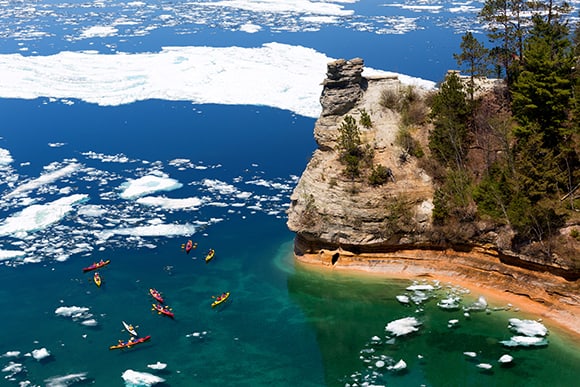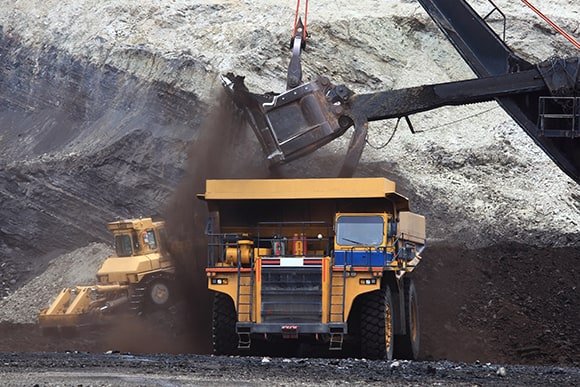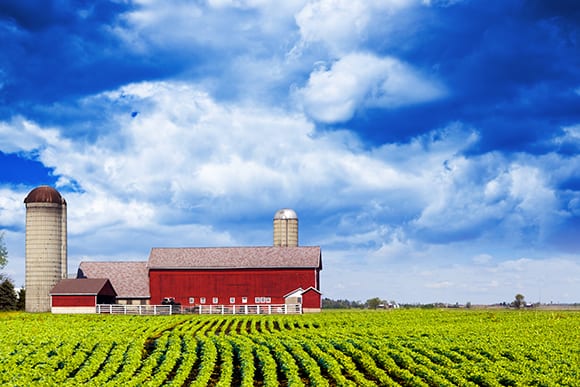As any Michigander knows, our state has abundant and diverse natural resources that everyone can enjoy. These resources contribute significantly to the state’s culture, history, identity and economy—attracting visitors, residents and businesses to the state.
Michigan is not, however, a top ten state in terms of its natural resource economy (i.e., an economy based on the supply, demand, and allocation of natural resources). The state ranks 11th in the total number of businesses and other organizations involved in natural resources industries, 16th in patents awarded for natural resources-related applications and 15th in tourism spending.
“We know there is incredible potential for natural resources to significantly impact jobs, personal income and the health of the state’s economy,” says Shanna Draheim, senior energy and environment consultant at Public Sector Consultants (PSC). “But we need to be deliberate about how we maximize that potential.”
“We know there is incredible potential for natural resources to significantly impact jobs, personal income and the health of the state’s economy.”
That is where the Michigan Natural Resources Business Plan comes in. PSC developed the plan in partnership with Tim O’Brien of Sustainable Water Works for Business Leaders for Michigan (BLM). It outlines ways for the state to leverage its natural assets for economic development purposes, and it ranks states according to their natural resource economies. The plan is one part of the BLM’s more comprehensive Michigan Turnaround Plan.
“BLM has recognized natural resources as one of the pillars of Michigan’s economy and a catalyst for potential economic growth,” says Draheim. “We were so pleased to work with them and Sustainable Water Works to help identify the strong possibilities that our natural resources industries offer in terms of expanding the state’s economy.”
The plan identifies opportunities, challenges and strategies in four natural resource industry categories: aesthetic (tourism and outdoor recreation), production (agriculture, forestry and renewables), extraction (oil and gas, mining and water) and cross-sector support (research institutes and consulting organizations).
The plan notes that natural resources industries in Michigan currently provide more than 7 percent of all jobs, create more than $32 billion in gross domestic product (GDP) and account for more than $400 billion in sales. While promising, these figures don’t quite push the state into the top ten.
“Although we’re not in the top ten right now, there are some basic building blocks we can certainly take advantage of,” says Tim Sowton, BLM’s vice president of government affairs and public policy. “For example, we’ve been growing as much as the current top ten states with regard to natural resources employment and wage growth rates, which is encouraging.”
“What we tried to do with our plan is focus on those strategies we believe will be most effective at growing jobs, increasing income and expanding the state’s economy,” he continues. “In particular, we zeroed in on the strategies that should give us a good return on our investment.”
What does that return look like? It comes down to a few simple numbers.
“If Michigan had a top ten natural resources economy, we would have 120,000 more people working, generate $11,000 more per person in personal income and create $13,000 more GDP per person,” says Sowton.
Given the abundant resources right under our noses, the potential for growth is staggering. But how do we get there?
The Michigan Natural Resources Business Plan focuses on five key strategies:
- Improve the public infrastructure that supports Michigan’s natural resources industries—particularly rail and highway—which are necessary to export agriculture, timber and mining products, and improve the efficiency of and access to high-demand tourist destinations
- Expand and enhance tourism and outdoor recreation amenities and services, and continue to expand the national and international promotion of Michigan’s tourism assets in order to increase both the number of visitors and the number of tourism-serving businesses/jobs
- Focus the state’s existing public and private research and development assets on making Michigan a national leader in the innovation of sustainable natural resources products and processes
- Provide an attractive and affordable working environment in order to ensure a labor force that adequately supports the growth of Michigan’s natural resources industries
- Ensure dedicated leadership and accountability for the implementation of the natural resources business plan
In particular, the plan identifies infrastructure, the dollars spent promoting travel and tourism, and the capabilities of the state’s research universities as being most vital to economic development and having the most potential for moving the needle.
So, what is the main takeaway?
“We need to understand the great opportunity before us,” says Sowton.
He notes that implementing the plan’s strategies will take leadership and a recognition of the fact that the state needs the infrastructure, talent and competitive business climate necessary to retain and expand existing assets and attract new ones.
Sowton also offers a call to action to all Michiganders, whether they work in natural resources industries or not.
“We need everyone to start communicating with policy leaders. Let them know it’s important to invest in infrastructure, job training, postsecondary education and competitive economic development programs,” he says. “These are all ideas that people can share with policy leaders and things we will continue to work on with our partners in the natural resources industries to achieve our objectives.”






